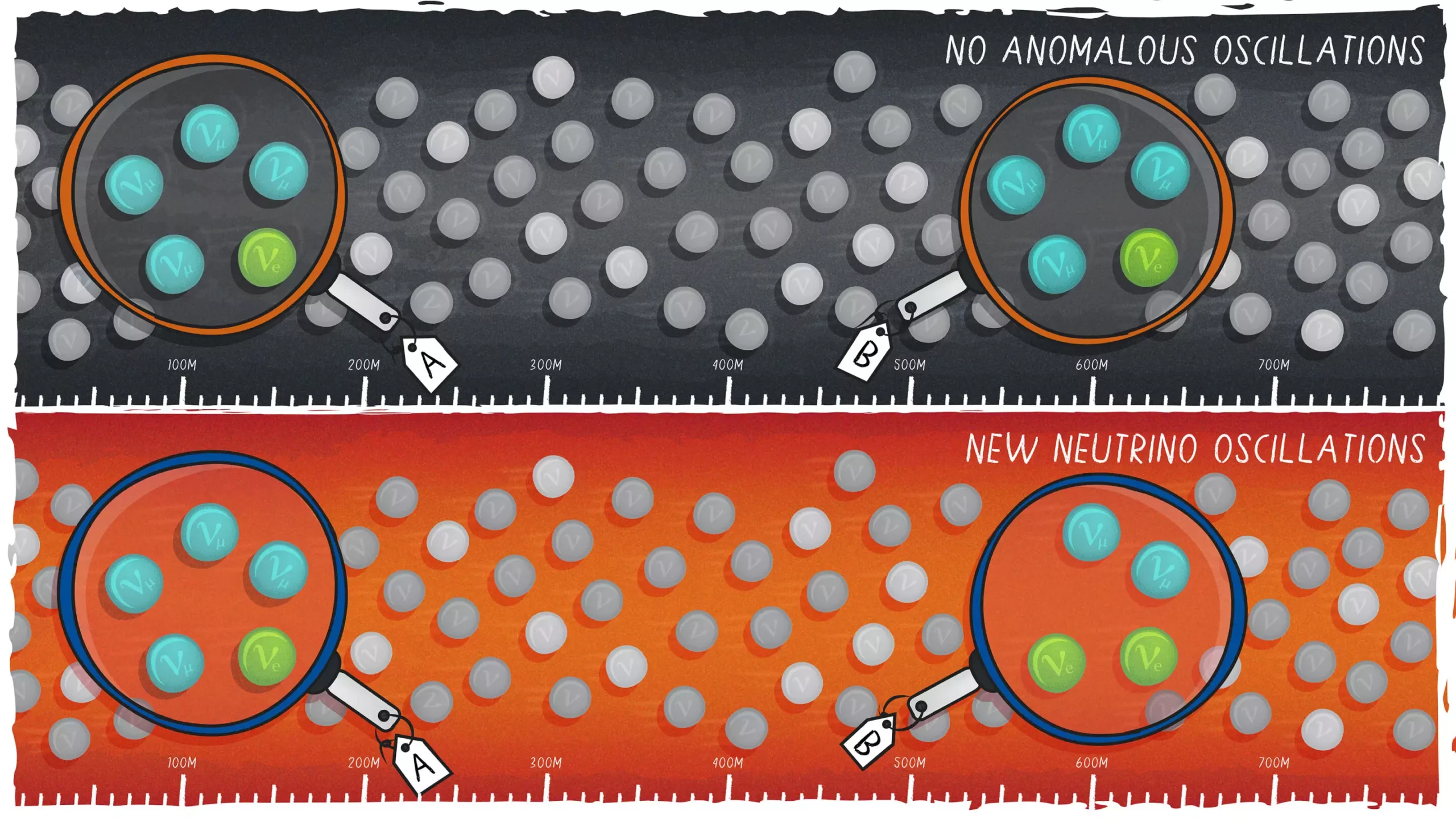Neutrinos, the elusive particles that are the second most abundant in the universe, have long puzzled scientists due to their unique properties. Researchers at the Short-Baseline Near Detector (SBND) at Fermi National Accelerator Laboratory have recently achieved a significant milestone by detecting the first neutrino interactions. This breakthrough marks the culmination of years of planning, prototyping, and construction, involving an international collaboration of physicists and engineers from various countries.
The Standard Model, which has been the cornerstone of particle physics for decades, is known to be incomplete. Anomalies observed in previous experiments have sparked the search for a possible fourth type of neutrino that does not interact through the weak force. The existence of such a neutrino would challenge our current understanding of particle physics and could shed light on the mysteries of the universe.
SBND is an essential component of Fermilab’s Short-Baseline Neutrino (SBN) Program, along with ICARUS and MicroBooNE. Unlike previous experiments, the SBN Program features both a near detector (SBND) and a far detector (ICARUS), allowing for more precise measurements and a deeper understanding of neutrino oscillation. By studying neutrinos as they are produced and as they potentially oscillate, researchers aim to uncover the secrets hidden within these enigmatic particles.
With SBND’s proximity to the neutrino beam, the detector can capture a large number of interactions on a daily basis, providing researchers with a wealth of data to analyze. By studying neutrino interactions with unprecedented precision, scientists can delve into the properties of these ghostly particles and pave the way for future experiments such as the Deep Underground Neutrino Experiment (DUNE). The complex nature of neutrino-argon interactions presents a unique challenge that SBND aims to overcome through its cutting-edge technology and innovative research methods.
While the primary focus of SBND is on neutrinos, the detector also has the potential to uncover new phenomena that lie outside the realm of the Standard Model. By closely monitoring particle interactions in the beam, researchers hope to identify signals related to dark matter or other exotic particles that could revolutionize our understanding of the universe. The possibility of detecting lightweight dark particles opens up a new frontier in physics that could lead to groundbreaking discoveries.
As SBND continues to collect and analyze data from neutrino interactions, the collaboration embarks on a journey towards unlocking the mysteries of the universe. This momentous achievement of detecting the first neutrinos sets the stage for a new era of exploration and discovery in particle physics. The collaboration’s dedication to unraveling the secrets of neutrinos and pushing the boundaries of scientific knowledge underscores the importance of international cooperation and cutting-edge research.
The detection of neutrinos at SBND heralds a new chapter in the quest to understand the fundamental building blocks of the universe. With each interaction recorded and analyzed, researchers move closer to unraveling the mysteries of neutrinos and potentially uncovering the existence of a fourth neutrino. The journey towards new physics is filled with challenges and uncertainties, but the scientific community remains steadfast in its pursuit of knowledge and exploration.


Leave a Reply